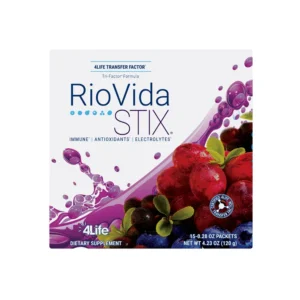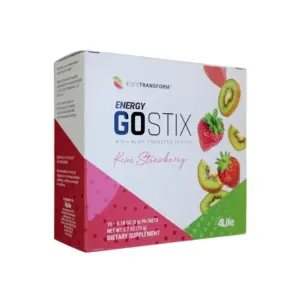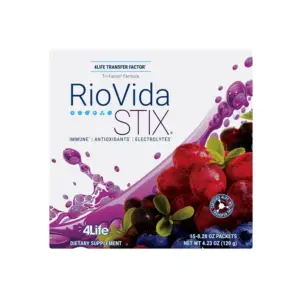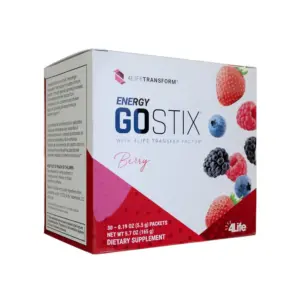Gurmar (scientifically known as Gymnema sylvestre) is a medicinal herb that has been used in traditional medicine for centuries, particularly in Ayurvedic practices. It is native to India and Africa and is renowned for its potential health benefits, especially in relation to blood sugar management.
Key Benefits of Gurmar
Gurmar is most commonly known for its ability to help regulate blood sugar levels. It is sometimes referred to as the “sugar destroyer” due to its effects on the metabolism of glucose.
The active compounds in Gymnema sylvestre, such as gymnemic acids, may help by:
Increasing insulin production in the pancreas.
Enhancing the absorption of sugar into cells, making the body more efficient at using glucose.
Reducing sugar cravings by blocking sweet receptors on the tongue, which helps diminish the desire for sugary foods.
Blood Sugar Regulation:
Promotes Weight Loss:
Gurmar’s ability to help curb sugar cravings can also contribute to weight management. By reducing the desire for sugary snacks, it may help individuals avoid overeating and reduce the overall intake of empty calories.
Some studies suggest that Gymnema sylvestre may have a modest effect on weight loss by affecting fat metabolism and appetite regulation.
Anti-Inflammatory Properties:
Gurmar has been shown to have anti-inflammatory properties, which could be beneficial in managing inflammatory conditions, especially those related to metabolic disorders, such as type 2 diabetes and obesity.
Liver Health:
Some research indicates that Gymnema sylvestre may help protect the liver by promoting detoxification and reducing the accumulation of harmful substances.
Cholesterol Management:
Gurmar may also play a role in maintaining healthy cholesterol levels. It has been shown to help lower LDL (bad) cholesterol and triglycerides while increasing HDL (good) cholesterol, which is important for heart health.
Gut Health:
Gurmar may help improve digestion and gut health. It has been traditionally used as an intestinal tonic and may promote the healing of gastric ulcers by promoting the regeneration of stomach lining cells.





